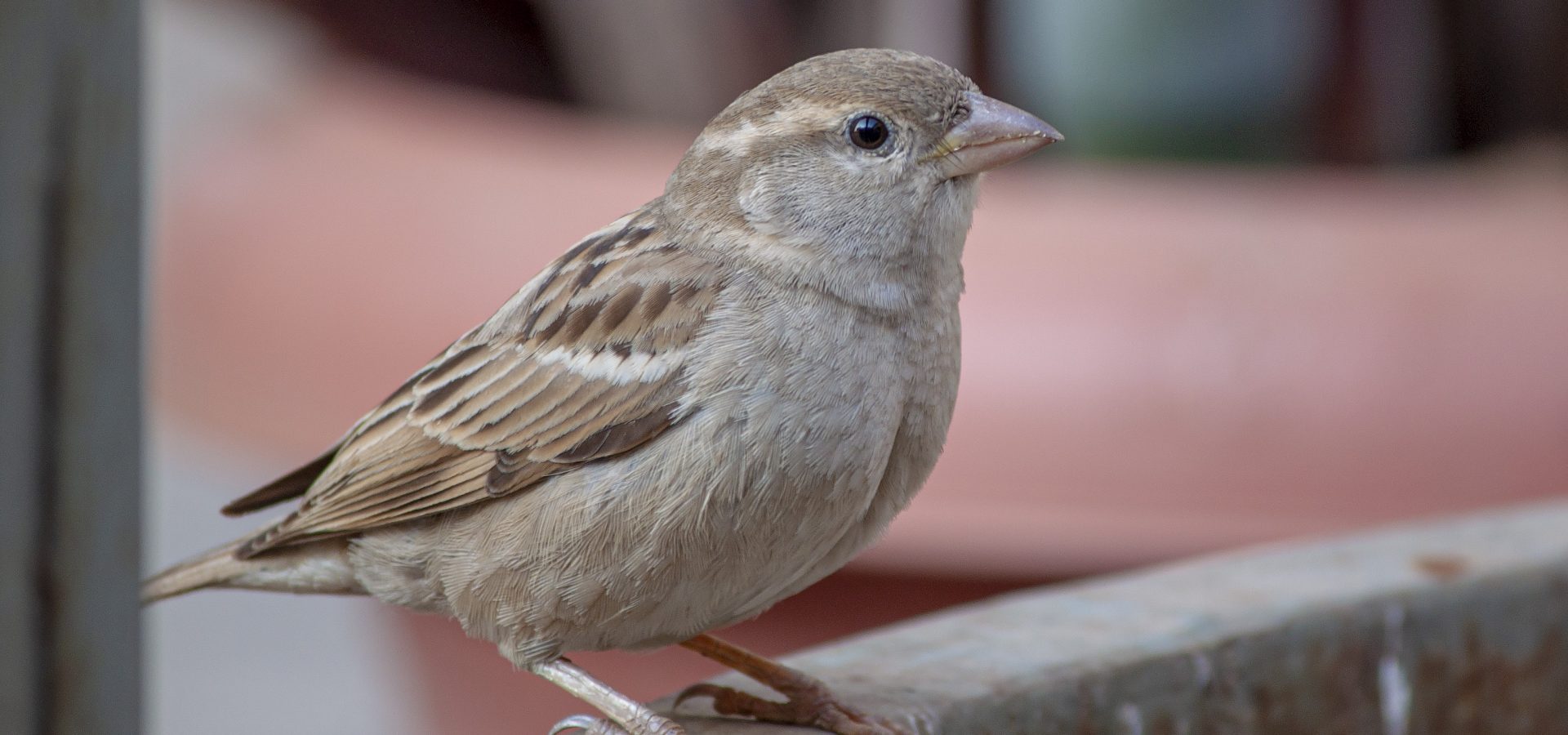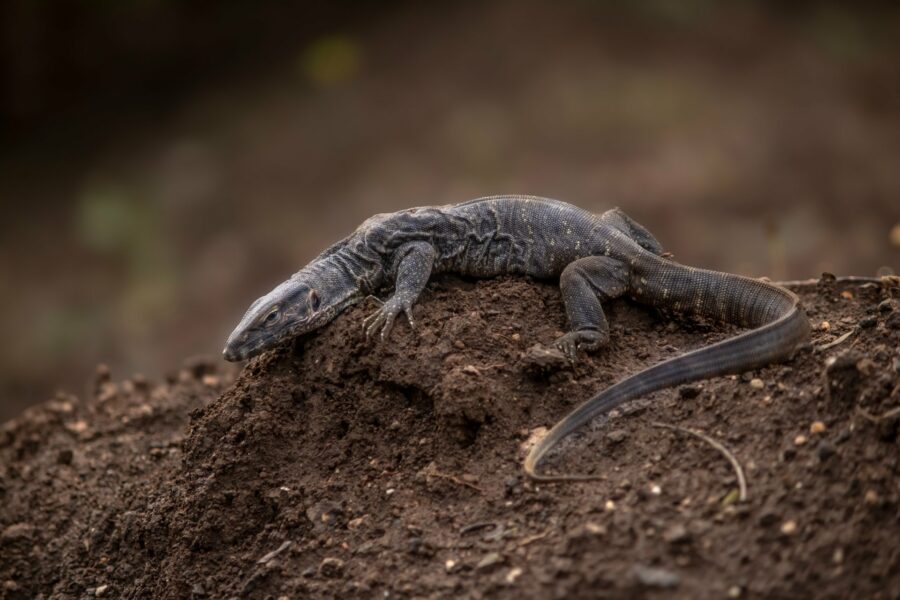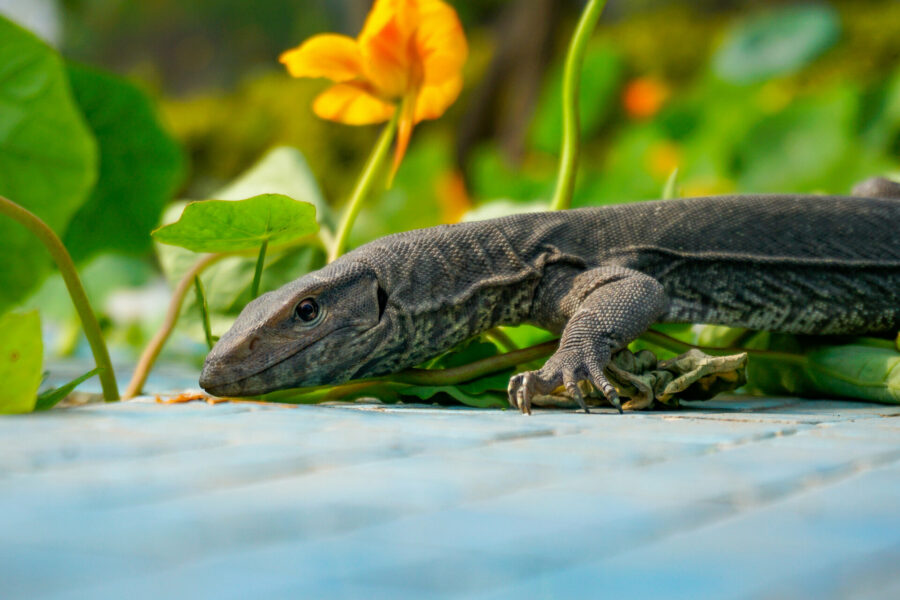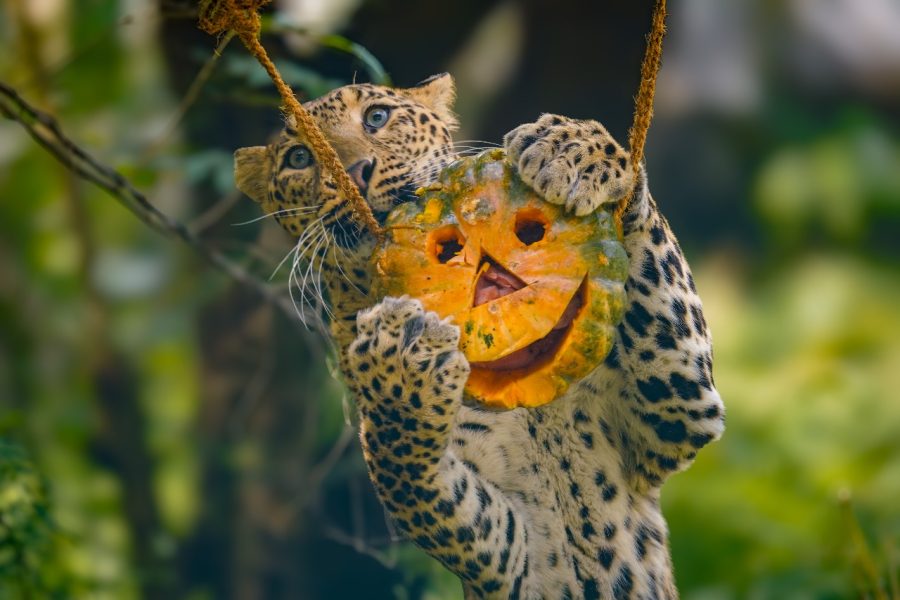“Everything that is is adaptive.” – Richard F. Johnston
Our earliest memory of a bird – be it any bird – is that of a small, brown-coloured bird, hopping around the balcony. Morning and evening routines revolved around the bird’s synchronised chirping, greeting us like clockwork. Most of the stories and poems we were told also mentioned this plump bird with an affinity for seeds. In fact, for us, “chiriya” which is Hindi for a bird, was analogous with the one and only House Sparrow!
However fond these memories may be, the little birds have gradually bid adieu to our backyards and cities. To watch a bird that prevailed in our lives and culture disappear rampantly is disturbing and a cause of worry. On World Sparrow Day, let’s find out what led to this mighty fall and what we can do to save the species.
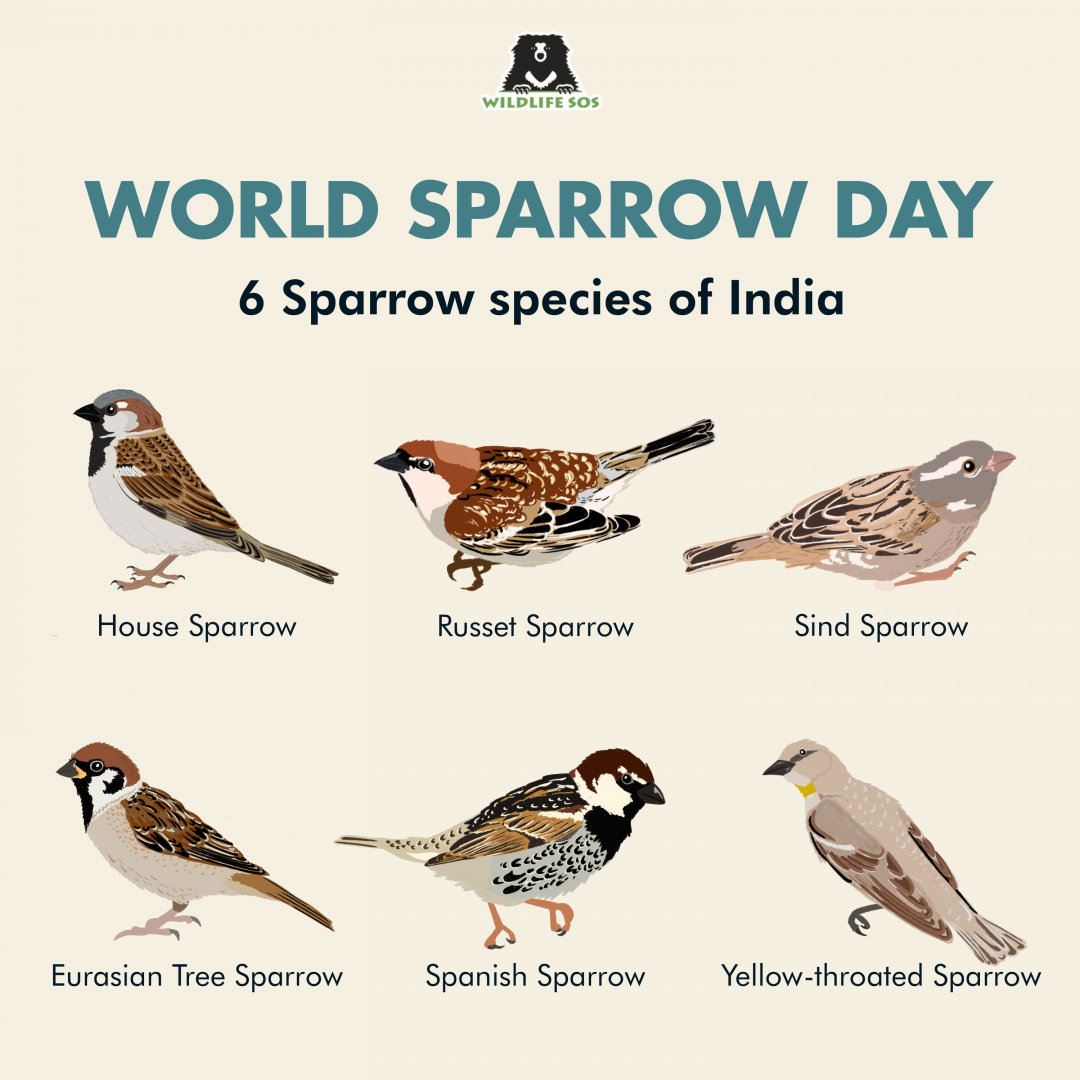
Humans, Sparrows, And The Ecosystem
The relationship between human beings and sparrows goes way back in time. The fossil evidence of the two species sharing a habitat was extracted from a cave that dates back to almost 4,00,000 years! Evidently, we have barely known a life without a commensal association with sparrows.
The ubiquitous nature of sparrows has eased their process of adapting to various ecosystems. Thus, they have not only been established amongst forests but also in rural as well as urban regions. One of the most abundantly found bird species, House Sparrows have learnt to rely upon human-built structures. The scientific name of the species, Passer domesticus, also denotes the “domestic” nature of the passerine. Sparrows use novel materials such as threads, strings, paper, and wool besides feathers, grass, roots, and stalks to build nests. Moreover, they generally occupy buildings and residential spaces for nesting.
Sparrows play a role in the functioning of ecosystems by maintaining the food web and an ecological balance. Feeding on seeds, grains, and larvae, the bird has proven to be an effective pest control agent. Pollination, a process crucial for plants to flourish, is also performed by sparrows as they spend time visiting flowers and transferring pollen. An excellent indicator of any biological or environmental change, these birds can also represent the health of an ecosystem.
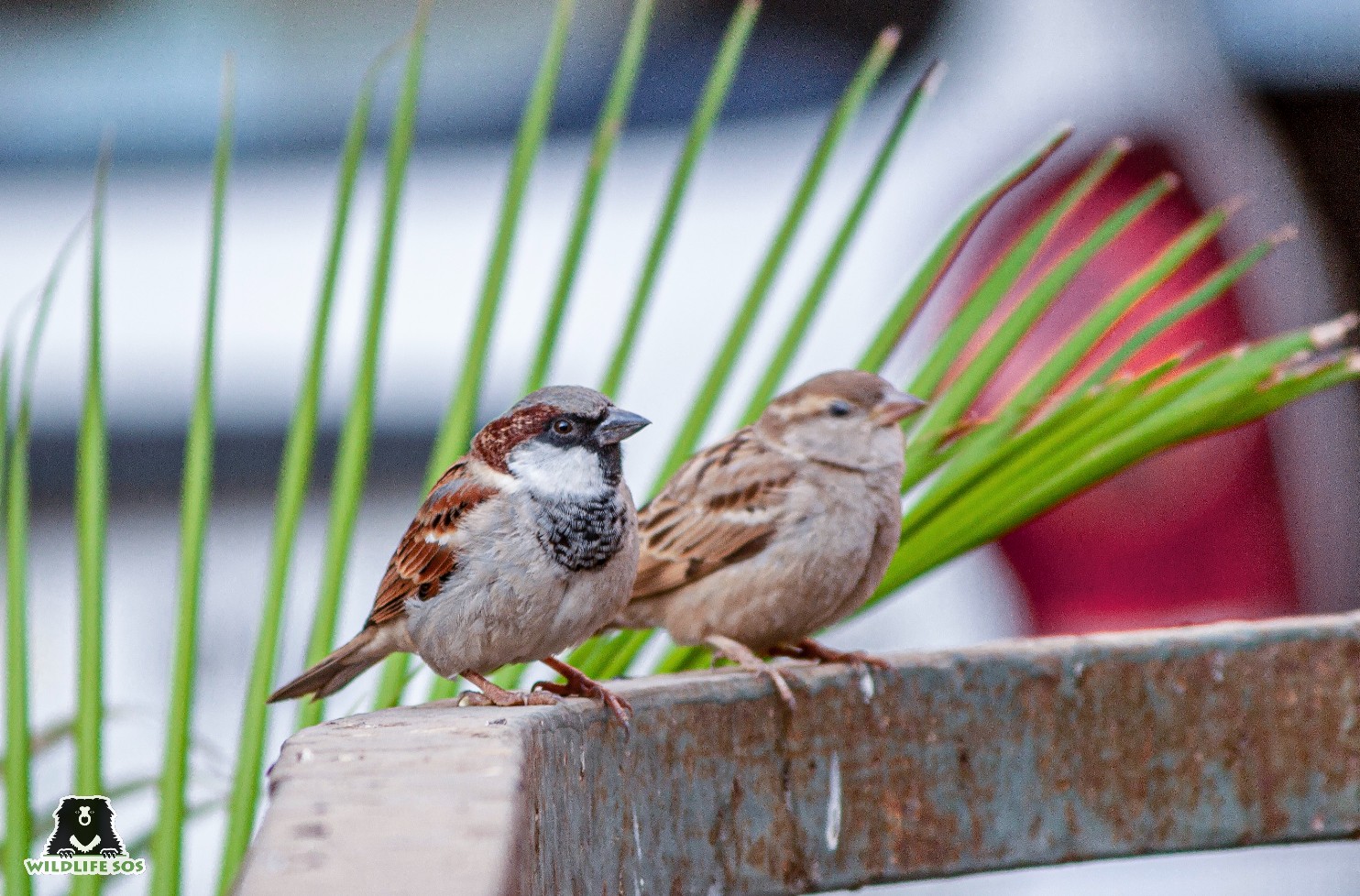
Distribution And Establishment
Native to the continents of Europe, Asia, and northern Africa, the bird has been successfully introduced in other regions. The introduction however was either intentional or accidental in nature. Focusing on the Indian subcontinent, sparrows find wide-ranging habitats across India, ‘Pakistan, Bangladesh, Sri Lanka, as well as the Maldives.
Over time, as humans took over, the landscape structures changed drastically. This compelled wildlife to either be eliminated or learn to live with humans and their ways. An adaptive species, House Sparrows began utilising habitats in suburban and urban regions. These areas offered them ample amounts of food resources for adults as well as their young ones. Floral species such as bougainvillea, Ziziphus sp. (ber), and creepers are generally preferred by sparrows as escape covers from potential predators. Studies have found old buildings, townhouses, grocery stores, drainage systems, and waste dump sites to provide effective spaces. Such habitats present nesting, roosting, and foraging grounds for sparrows. Nooks and crevices proved to be architectural marvels for these birds seeking shelter in human-dominated landscapes. Availability and proximity to these resources maximised the efforts of sparrows by reducing the time and energy they spent in gathering food.
Gradually, however, agricultural areas, parks, concrete apartments, and boundary walls increased across the globe. This resulted in an unfortunate decline of the House sparrow population.
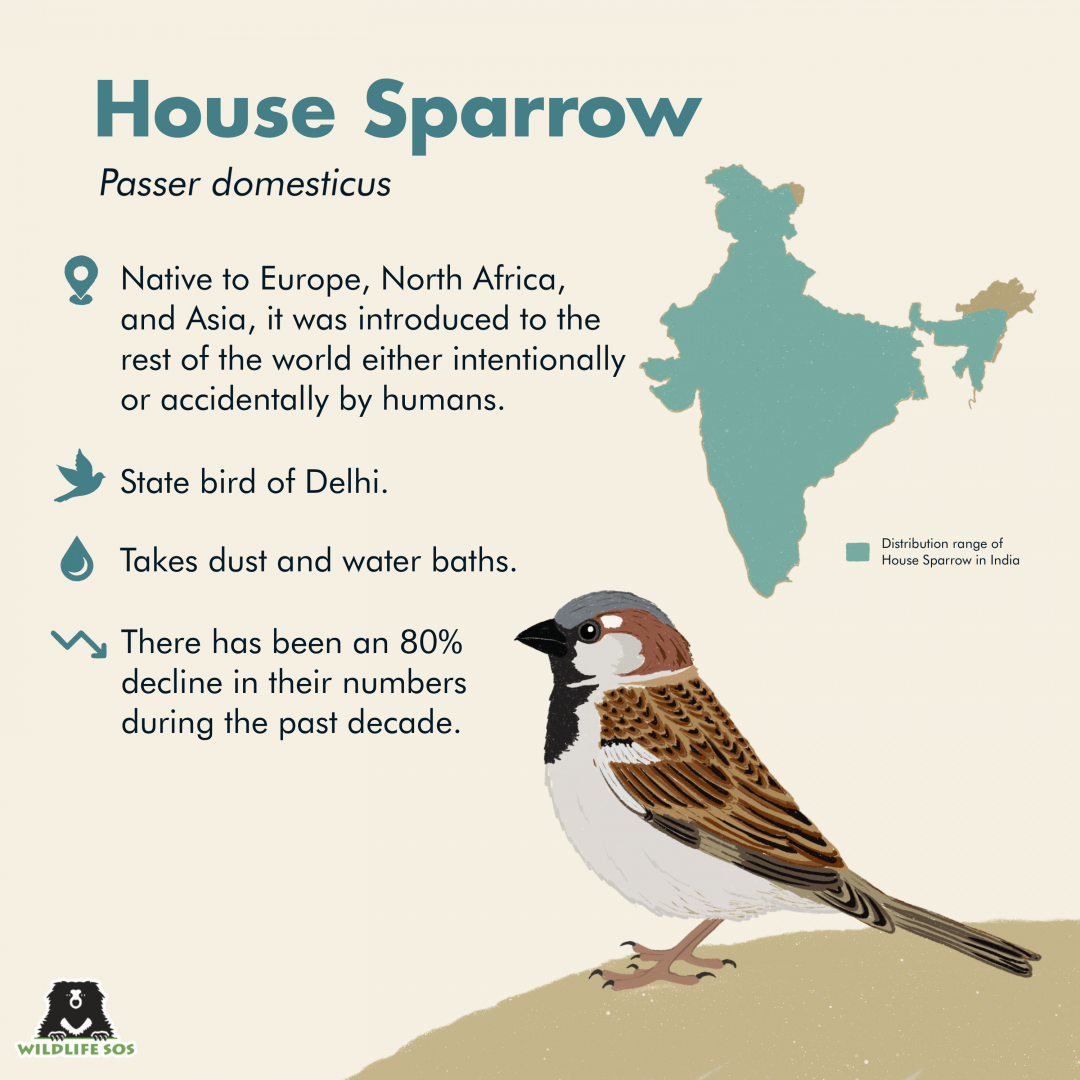
Fall Of The Sparrow
Anthropogenic activities are constantly reforming the ecological conditions of urban areas leading to a change in the distribution and population status of urban birds. Rampant urbanization and industrialization have led to the loss of suitable habitats and resources for house sparrows amongst numerous other species. The devastating influence is imposed on the native bird population structure and composition, their habitat, food availability, predator diversity, disease outbreaks, competitors, etc.
The innocent bird has suffered extensively, with the population staggering not only in India but throughout the world. As buildings in metropolitan cities continue to rise and reach sky-high, sparrows, on the contrary, continue to disappear. Although categorised as “Least Concern” according to the IUCN Red List, the global population exhibits a decreasing trend. Surprisingly, in the last, an 80% decline in the population has been recorded in recent surveys.
The factors that negatively influence House Sparrow populations include loss of nesting sites, lack of availability of food resources, predation from natural as well as stray animals, and competition. Change in vegetation structure as the ornamental plants gradually replace the natural trees also poses a threat. Human-imposed activities such as pollution, use of pesticide, and expansion of agriculture have also added to the pressure. Electromagnetic radiation that came along during the digital revolution is also considered a risk to the species as the air passages get jammed.
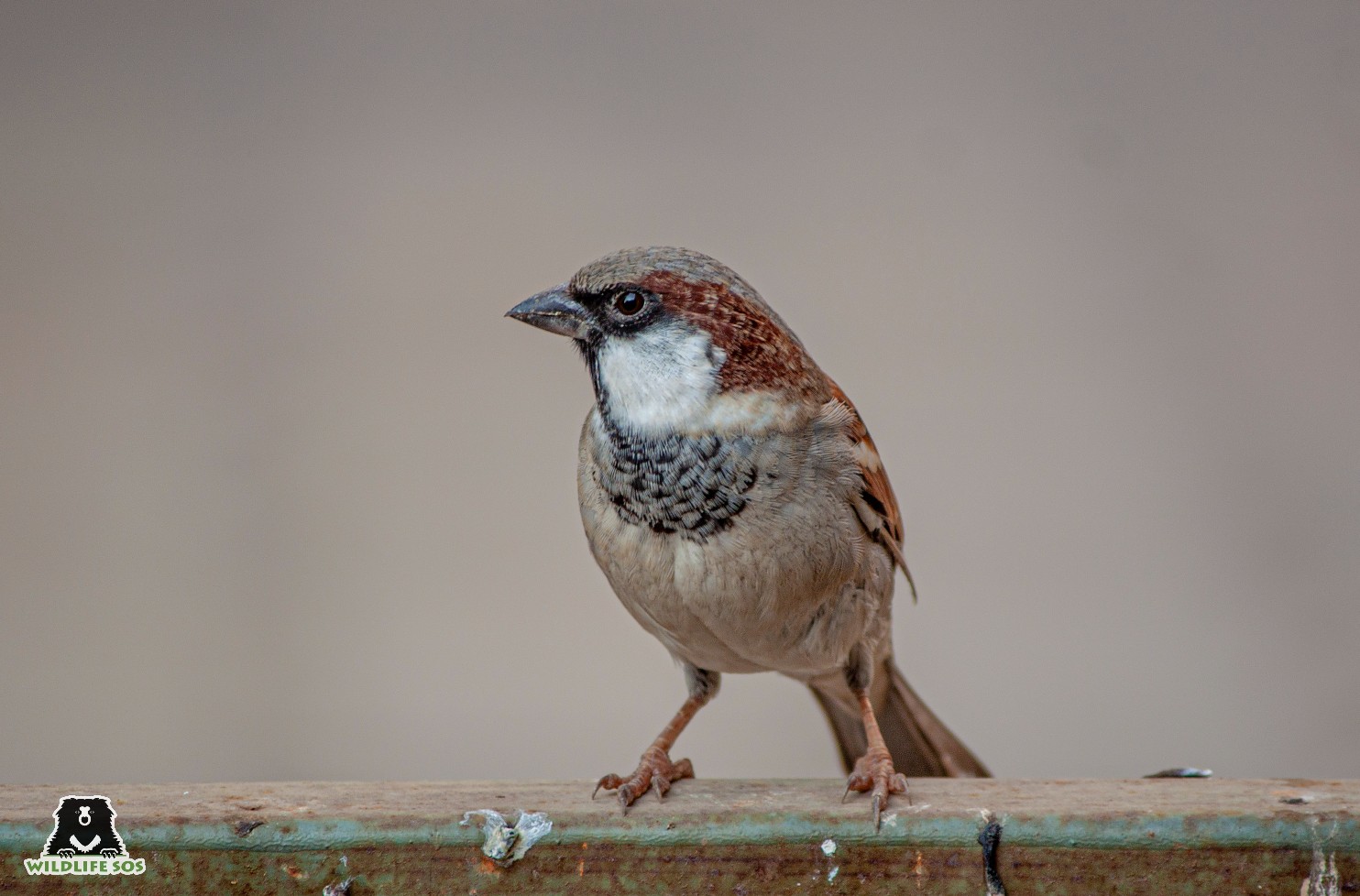
Ways To Undo The Damage
The drastic decline is not only an alarming concern but reflects the impacts of the human footprint. Any change in the avian population, community structure, behaviour patterns, and reproductive ability can be used to assess the ecological status of the respective ecosystem. House sparrows, being closely associated with humans, serve as a bioindicator to understand the health of its ecosystem.
Realising the importance of the species, March 20 was designated as World House Sparrow Day. Every year, over 40 nations celebrate this day to highlight the threats that sparrows face and measures we can undertake to control the decline. Experts have suggested that in order to conserve the species, their habitat needs to be protected or an artificial micro-habitat may be installed. Creating and placing nest boxes and bird feeders for the birds while also planting native vegetation are some ways to help aid the recovery of the species.

